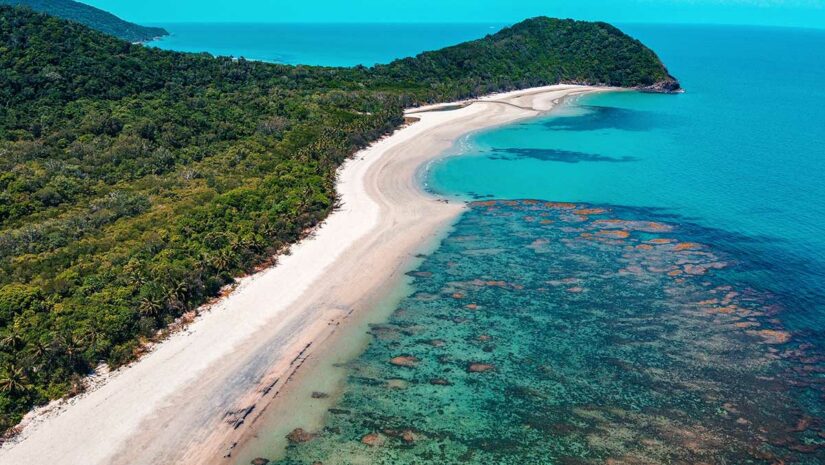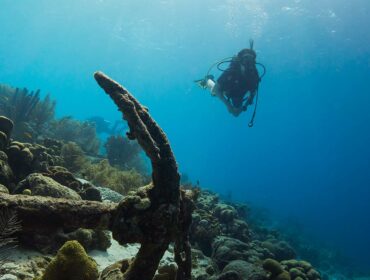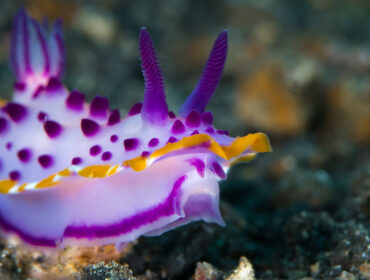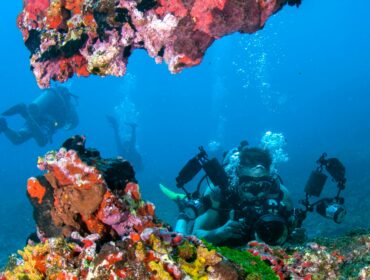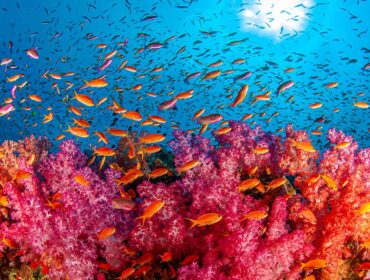Coral Reefs are huge scuba diving attractions. Brilliant colors of pinks, purples, yellows, and reds stand out against the hues of blue. Shoals of brightly colored fish dart in and out of the different types of coral, sea anemones, sea urchins, and sponges. These ecosystems are the forests of the oceans, and 25% of all marine life resides in these reefs. The rich, colorful environment of coral reefs and its wealth of marine life make it the most popular type of diving destination to explore and discover. Here are the most beautiful coral reefs and reef areas around the world
The Most Beautiful Coral Reef Destinations to Visit
1. The Great Barrier Reef
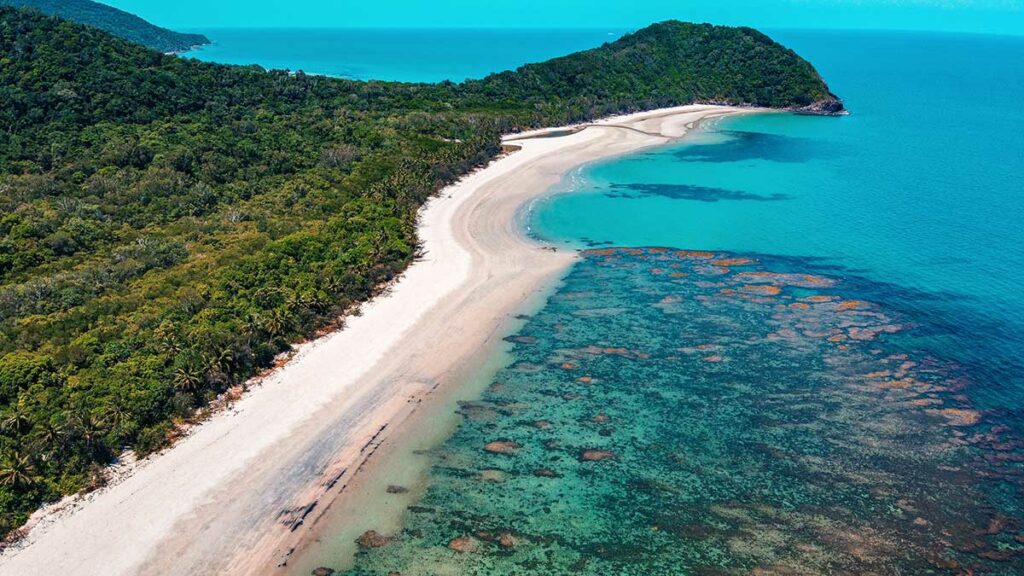
The most popular and largest reef in the world, the Great Barrier Reef, is situated off the coast of Queensland, Australia. Contrary to belief, it is not one big coral reef. Still, it comprises over 2,900 individual reefs and 900 islands stretching over 3,000 kilometers (1,600 miles) over an area of approximately 344,400 square kilometers (133,000 sq miles). Seen from space and known as one of the world’s seven wonders, it’s no wonder it’s a top dive destination.
The Barrier Reef displays over 30 species of whales, dolphins, and porpoises. Turtles, dugongs, sea snakes, and sharks, among over 1,500 fish and 400 species of coral, have made these reefs their home.
2. Belize Barrier Reef
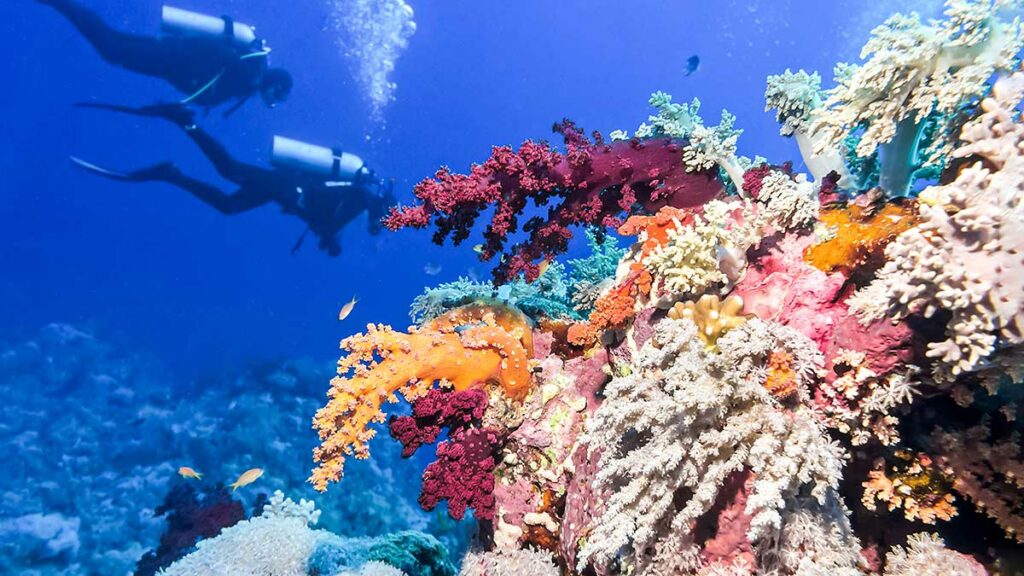
The second largest coral reef system, almost as popular as the Great Barrier Reef, is the Belize Barrier Reef. Roughly 300 meters (1,000 ft) offshore in the north and 40 kilometers (25 miles) in the south of Belize is the Coral Reef stretching 900 kilometers (560 miles) long. The Belize Reefs attract close to 130,000 visitors, and scuba diving and snorkeling are very popular.
Part of these reefs is the ever-famous Belize Great Blue Hole, a large underwater sinkhole almost perfectly circular, over 300 meters (984 ft) across and 125 meters (410 ft) deep. It’s rated one of the Top 10 Dive Sites in the World and a Must Dive on most diver’s list of dive destinations.
3. New Caledonia Barrier Reef
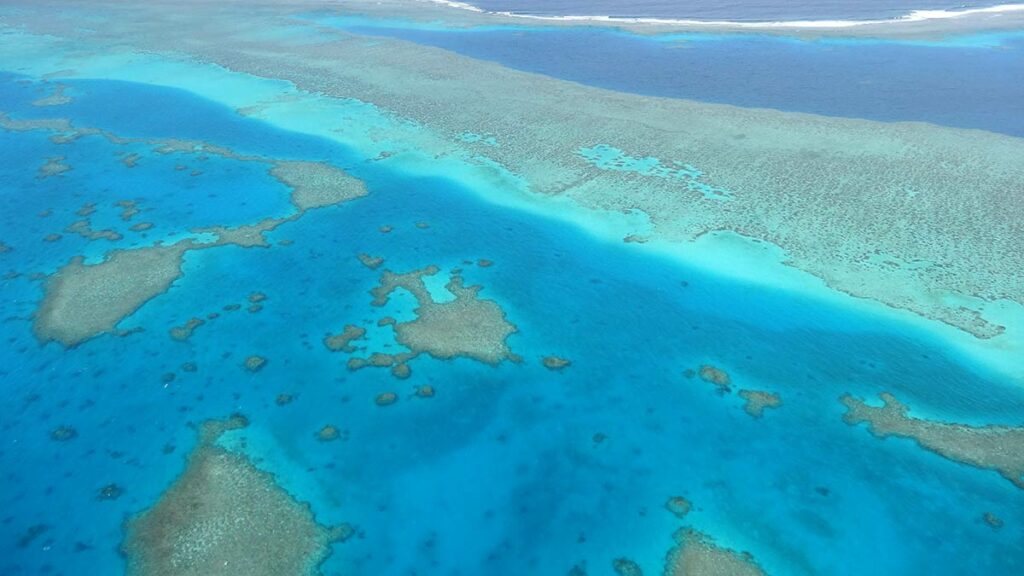
Located in New Caledonia in the South Pacific, it is the second longest reef after the Great Barrier but isn’t as popular as the Belize Barrier Reef. Reaching a length of 1,500 kilometers (930 miles), the reef encloses a lagoon of 24,000 square kilometers (9,300 square miles). The average depth of the reefs is about 25 meters (82 ft).
Much of the enormous 1,000-odd species diversity in New Caledonia is yet unclassified as new species of fish and invertebrates. The reefs provide one of the main nesting sites for the Green turtle and are a popular place to spot the rare dugong.
4. Andros, Bahamas
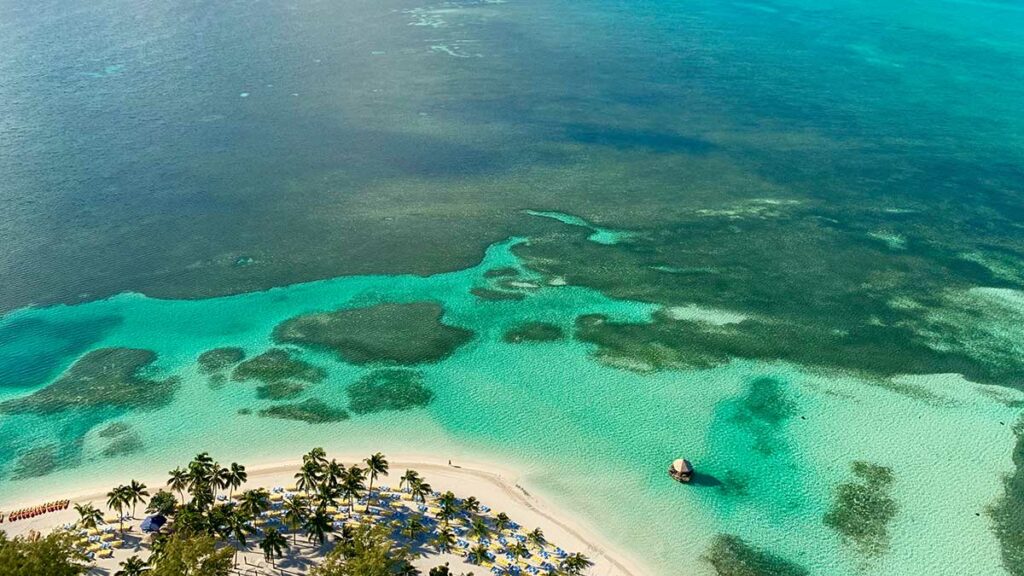
Affectionately known by Bahamians as the “Big Yard,” the largest island in the Bahamas, Andros is home to the third largest barrier reef in the world. The reef extends over 140 miles (230 km) long.
The island offers some exciting diving of a different kind. Wall diving and blue hole diving. The island sits on the edge of the steep oceanic trench called the Tongue of the Ocean. This means that when you dive off one side of the island, you don’t see a long low reef but an underwater wall that goes down to 6000 feet. The island’s blue holes are water-filled cave systems, which are very popular dive sites. They attract cave divers from all over the world to dive sites such as ‘Stargate’, ‘The Guardian’ and ‘Little Frenchman’.
5. Red Sea Coral Reef
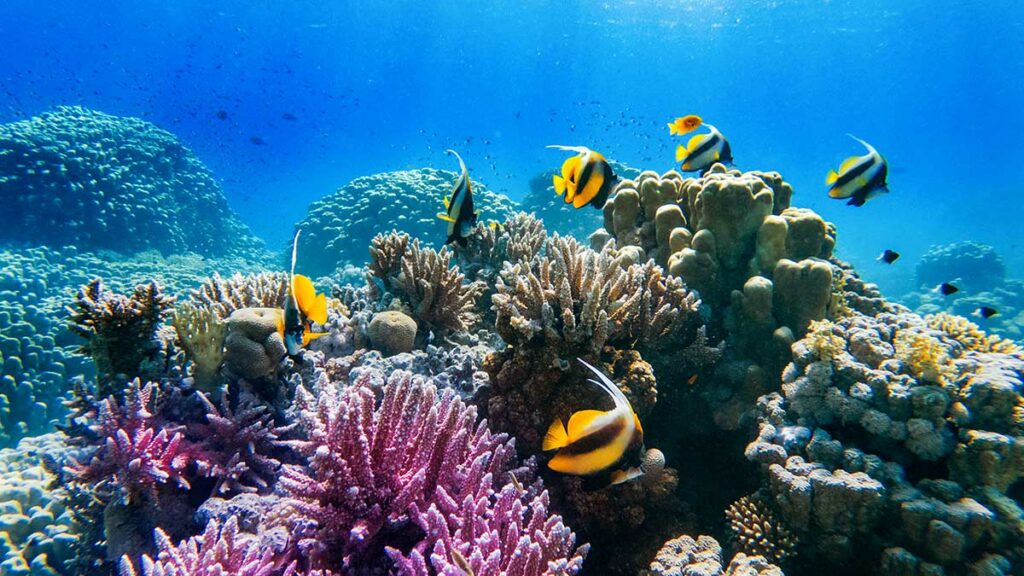
Located off the coast of Israel, Egypt, and Saudi Arabia, the Red Sea features extensive shallow shelves that are noted for their marine life and corals. The fringing reefs are said to be 5000-7000 years old and are primarily formed of stony acropora and porite corals.
The reef stretches 2,000 km (1,240 miles) along the coastline and has a rich and diverse ecosystem found nowhere else. About 10% of its 1,200 species of fish are found only here. Sharks are a common sighting, and over 44 species are recorded in the Red Sea. The Dahab Blue Hole is a popular dive site of this coral reef.

